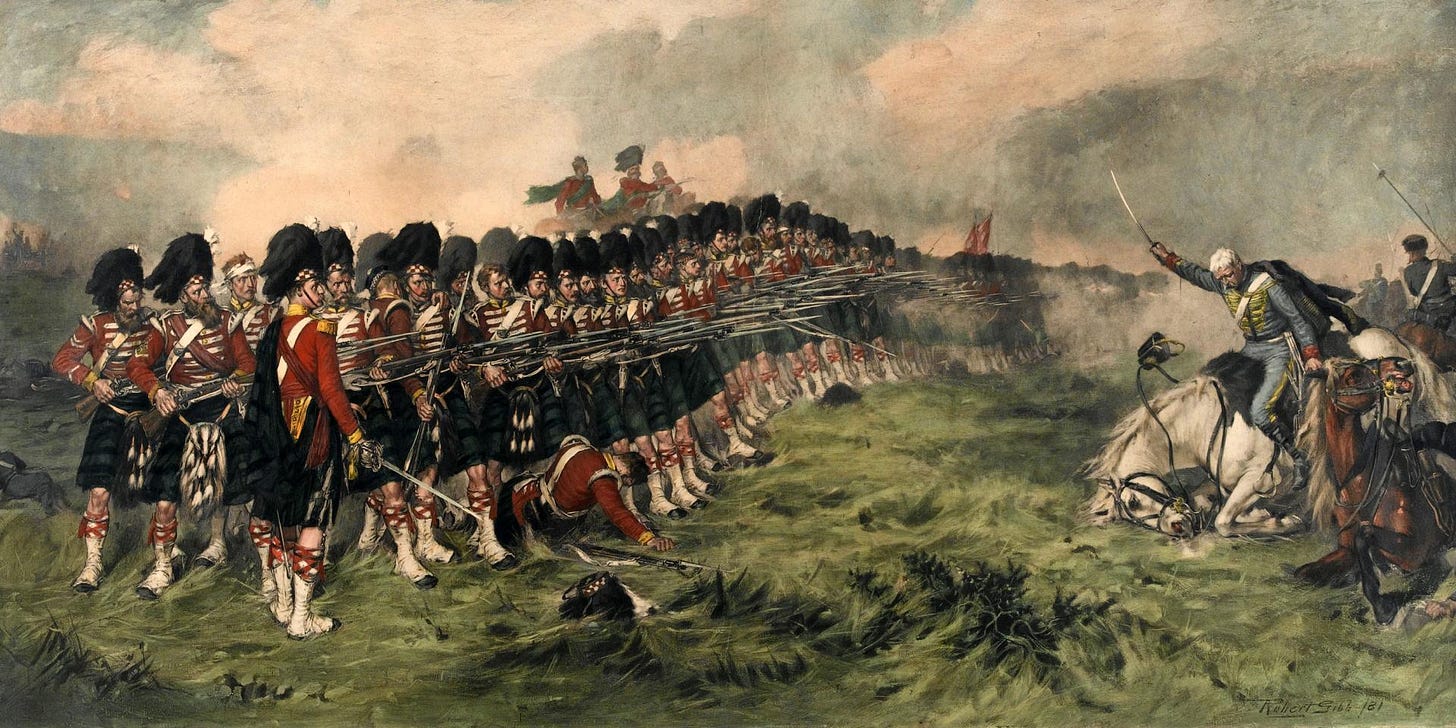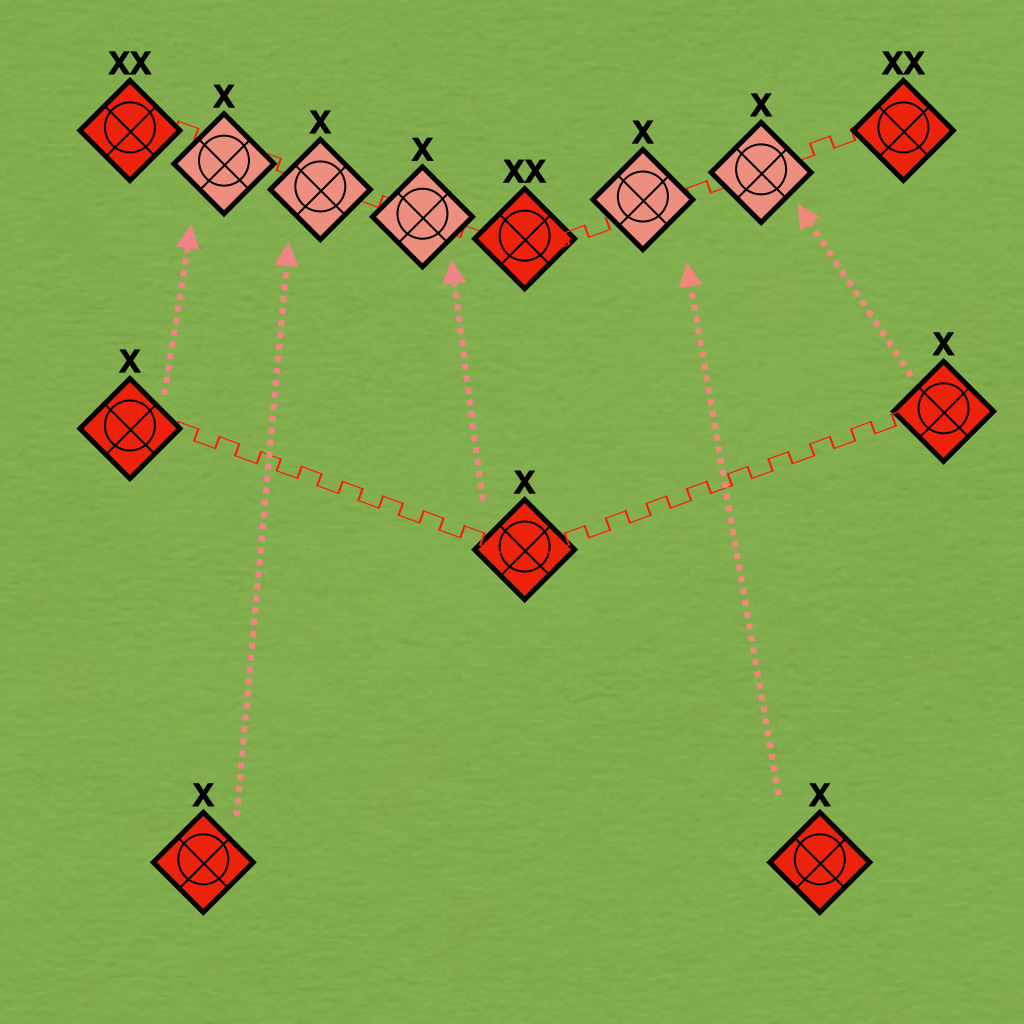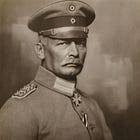In the course of my quest to make sense of the attacks conducted by Ukrainian forces since 4 June 2023, I ran across Attrition Before Breakthrough. Written by Sir Lawrence Freedman, the piece mentions three competing theories of the purposes served by these operations. One of these characterizes the attacks as elements of a progressive program of attritional engagements, a succession of terrain-centric struggles in which the high cost of holding particular pieces of ground will convince the Russians to abandon them. The second imagines the attacks as a means of maneuvering Russian mobile formations into a position, or, to be more precise, a disposition, of vulnerability. That is, the many small attacks will force the Russians to employ forces that would otherwise be kept in reserve, thereby depriving them of their chief means of responding to a breakthrough. The third theory, expressed by the alliterative catch phrase of “starve, stretch, and strike,” describes the Ukrainian attacks as elements of a campaign that combines complementary attrition (“starve”) with a specific maneuver (“stretch and strike.”)
Both of the forms of attrition mentioned by Professor Freedman display a local character. That is, neither expects that the Russian Federation will run out of wood before the sponsors of the Ukrainian war effort exhaust their stock of sandpaper. Rather, the first theory assumes that the attrition that matters will take place at the level of battalions and brigades, the third that such things as the destruction of Russian tanks and the expenditure of Russian shells will enhance the effects of the “stretch and strike” gambit.
Alas, neither supposition reflects the situation in the theater of operations. Thanks to the redundancy of their logistics, the depth of their positions, and their willingness to use old weapons in new ways, the Russian forces in Ukraine seem to enjoy the upper hand in both forms of Materialschlacht. That is, as long as the Russians realize that they are better off laying new mine fields and digging new trenches than attempting to recapture old ones, Ukrainian forces conducting “attacks with limited objectives” will sustain more damage than they inflict. Likewise, as long as Russian commanders do a proper job of dispersing their ammunition dumps and headquarters, the damage done by Ukrainian missiles will have little effect on either the situation at the front or the outcome of the war.
In addition to preserving their forces from wear-and-tear, Russian commanders who resist the temptation to treat every position as if it were the Alamo will also avoid the trap set for them by the “stretching” maneuver. That is, the timely withdrawal of frontline units from contested ground will reduce the need to employ reserve formations to reinforce, rescue, or replace them.
For Further Reading:









The Russians would likely be willing to give up all kinds of ground as it has worked in the past.
The US is in the bleed Russia dry phase